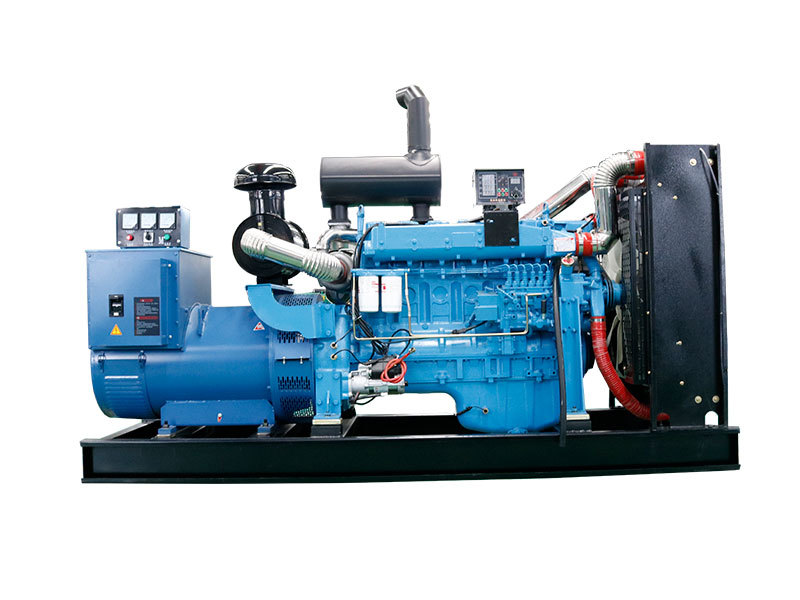The Importance of Fuel Storage for Emergency Generators
When it comes to emergency power systems, fuel storage is a critical component that can make or break your ability to keep the lights on during a crisis. In my experience, many facilities overlook the importance of proper fuel storage, leading to potential disruptions and safety hazards.
Understanding Fuel Storage Regulations
First things first: it's crucial to familiarize yourself with the fuel storage regulations in your area. These rules vary depending on your location and the type of fuel you're using. For instance, diesel and natural gas have different storage requirements. Interestingly enough, some local regulations may even dictate the specific type of fuel storage tank you can use.
Maintaining Fuel Quality
Fuel quality management is another key aspect of fuel storage for emergency generators. As it turns out, stored fuel can degrade over time, leading to performance issues and even equipment failure. So, how can you keep your fuel in tip-top shape?
Designing an Efficient Fuel Storage System
Now that you're up to speed on regulations and fuel quality management, let's talk about designing an efficient fuel storage system. Here are some practical considerations to keep in mind:
- Tank size: Ensure your fuel storage tank has sufficient capacity to power your emergency generator for the desired run time.
- Tank location: Position your fuel storage tank in a safe, accessible location away from potential hazards.
- Fuel delivery: Establish a reliable fuel delivery plan to replenish your storage tank as needed.
Best Practices for Fuel Storage
Last but not least, let's go over some best practices for fuel storage to help you maximize the reliability and efficiency of your emergency generator system:
- Develop a fuel management plan: Create a comprehensive fuel management plan that outlines your strategies for maintaining fuel quality, complying with regulations, and ensuring adequate fuel supply.
- Train your staff: Provide training to your staff on fuel storage best practices, including proper handling, storage, and maintenance procedures.
- Monitor and document: Keep detailed records of fuel tests, inspections, and maintenance activities to demonstrate compliance and track performance over time.
In Conclusion
Fuel storage requirements for emergency generator systems might seem daunting at first, but by following the guidelines and best practices outlined in this article, you can ensure reliable power during critical situations. Remember, a well-designed and maintained fuel storage system is essential for the smooth operation of your emergency generator. So, take the time to assess your current fuel storage setup and make any necessary improvements to protect your facility's power supply.





